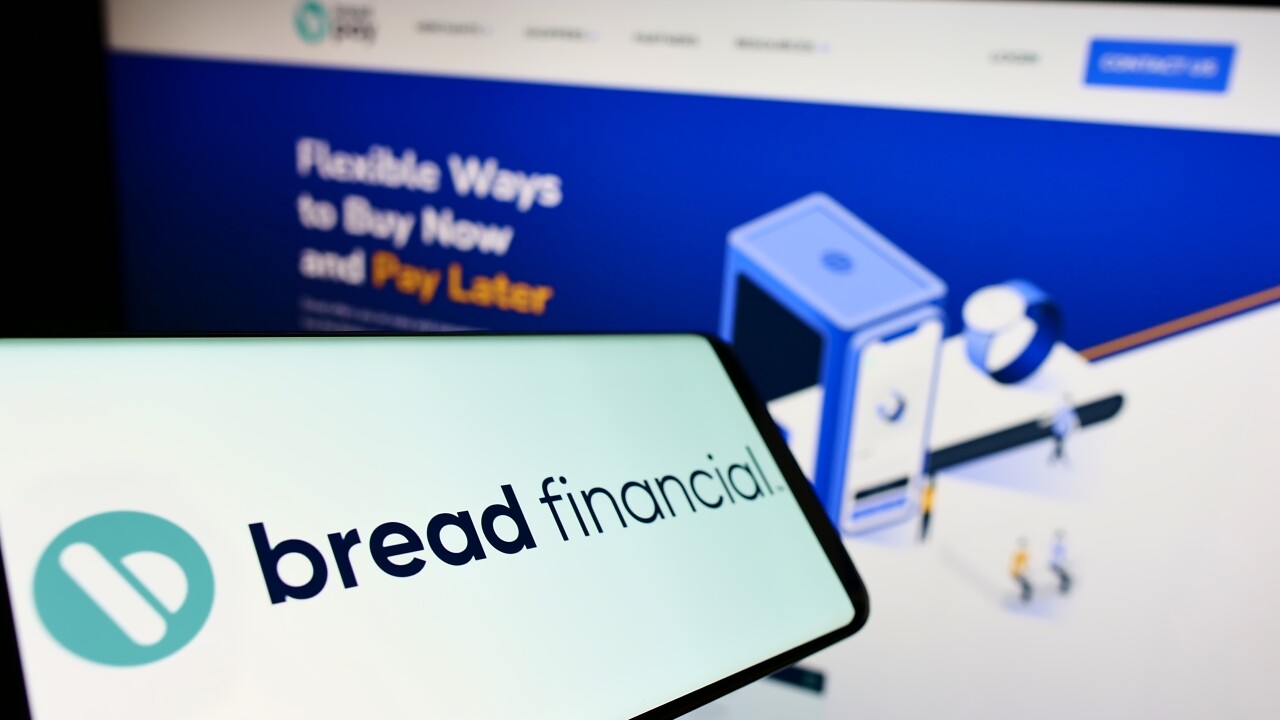It’s tough to find a good credit analyst these days. That’s why David Nicholson has made it his mission
He got his start in Fleet Bank’s credit training program in Boston, but as those types of programs have dwindled over the years, he began helping new credit analysts, including at his current job as senior vice president of commercial lending at the $998 million-asset Main Street Bank in Marlborough, Mass. That experience (and the curriculum that evolved) eventually led him to start a side business of his own, Credit Training Inc.
Nicholson told American Banker that he applies the concept of “thin slicing,” which he learned from Malcolm Gladwell’s "
Here, Nicholson shares five of his best tips for C&I credit analysis.










